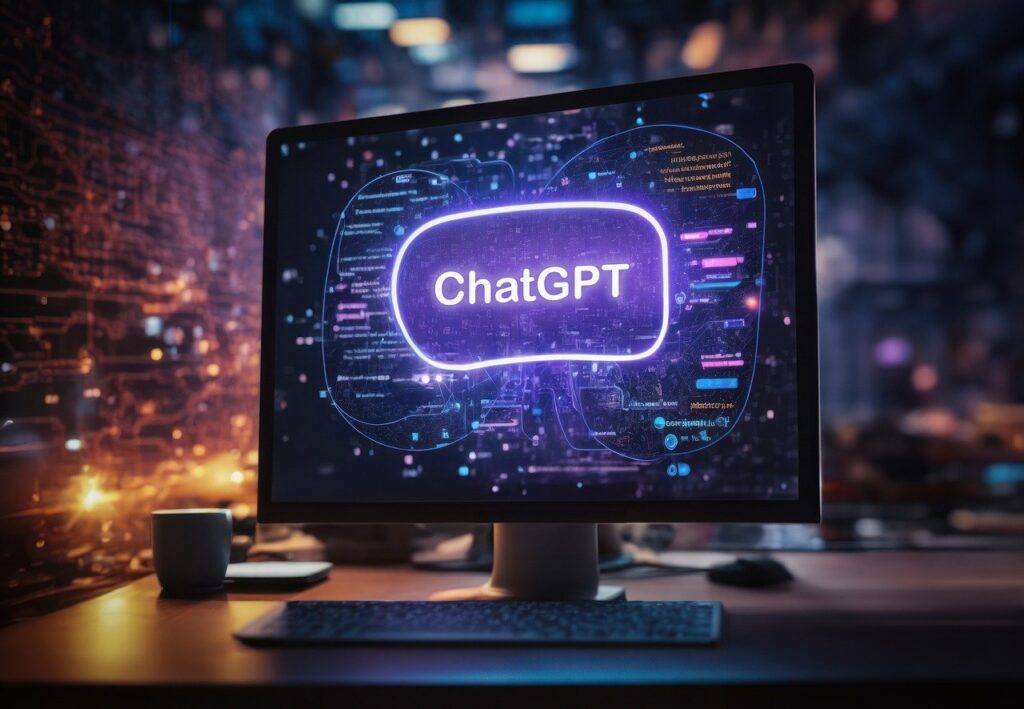The new language model that OpenAI created, ChatGPT, has changed how we use AI-powered tools. ChatGPT is a valuable tool for making text that sounds like someone wrote it. It can be used for many things, from making content to helping customers. But to use its full potential, you must learn how to do rapid engineering. There are best practices, tips, and tricks for writing successful questions that will help you get the most out of ChatGPT. This piece will also include real-life examples to show how these prompts work. But ask Yourself first How Do I Master Chat GPT Prompt Engineering ? Is it really that hard, let’s break it.
How To Get Started With Chatgpt
It’s essential to know how ChatGPT works before getting into rapid coding. ChatGPT has been skilled in a large amount of text data as a transformer-based model and can respond in a way that makes sense in the given context. You can get the model to do what you want by giving it a well-written suggestion.
Prompt Engineering
1. Be Clear And Specific
When writing questions, it’s essential to be clear and detailed. Make sure that your prompt is short and makes it clear what you want ChatGPT to do. Don’t use vague words; give the model enough information to understand what you want. For Example:
- Less effective: “Tell me about AI.”
- More effective: “Explain the key principles of AI and its applications in healthcare.”
A medical researcher could use ChatGPT to learn about the newest AI advances in diagnosis. One clear and direct question would be, “Summarize recent advances in AI-powered cancer diagnostic tools.”
2. Use System Messages For Contextual Information
Messages from the system can set the scene for a ChatGPT exchange. You can control how it acts during the talk by giving the model a short system message at the start. Example:
System Message: “You are an assistant who gives information about clean energy sources.”
A company that makes electric cars could use a system message that says, “You are an assistant that gives you information about the benefits of electric cars and how they affect the environment.”
3. Try Different Prompt Formats
For example, different types of prompts can lead to different outcomes. Try out other forms, like comments, questions, and directions, to find the one that works best for you. For example:
- Question: “What are the perks of solar energy?”
- Statement: “Talk about the benefits of solar energy.”
- Instruction: “List the top 5 advantages of solar energy.”
If a content writer wants to get ideas for writing about sustainable fashion, they could try different types of prompts, such as:
- Question: “What role does sustainable fashion play in protecting the environment?”
- Statement: “Explain what role sustainable fashion plays in lowering the fashion industry’s environmental impact.”
- Instruction: “Give three examples of eco-friendly fashion brands and how they treat the environment.”

4. Set The Length Of Output
You can set a word limit or ask for a specific size in your question to control how long ChatGPT’s answer is. For example:
- Number of characters: Let people respond to tweets with no more than 280 characters.
- Explicit request: “In three sentences, summarize the article’s main points.”
To get people to write short posts about the start of a new product, a social media manager might set a character limit of 280 and ask them to: “Describe the key features of our new smartphone in a tweet-length message.”
Enjoying our Blog on How Do I Master Chat GPT Prompt Engineering? Checkout More – Click here
5. Change The Output Format
You can change the number of ChatGPT’s answers and the output style. You can tell ChatGPT to produce solutions in a specific format, like JSON or XML, by describing in the question what form you want. Examples of questions with the expected output style-
- Please tell me the five best veggie places in Paris near the Eiffel Tower. The style of your answer should be a JSON string. Example response:
- {“1”: “option 1”, “2”: “option 2”, “3”: “option 3”}
- Give an XML list of five self-help books you think people should read. Example response:
- <books> <title> <book>Book 1</title> <author>Author 1</author> </book> <book> <title>Book 2</title> <author>Author 2</author> </book> </books>
A book recommendation app could use this request to make a list of suggested books in a style that is easy to add to the backend. This method could help speed up the process of making the app.
6. Emphasize Positive Instructions
When writing questions for ChatGPT, it’s essential to give positive directions. Tell the model what to do instead of what not to do. This method can help keep things clear and make it easier for the model to produce the desired result. Such as:
- Less effective: “Do not include negative feedback in the product description.”
- More effective: “Include only positive product reviews in the description.”
An e-commerce business might ask students to “write a product description highlighting the product’s best features and positive customer reviews.” This way of doing things gives ChatGPT clear instructions and helps ensure that the answers it generates focus on pushing the product’s strengths instead of pointing out its flaws.
7. Use Contextual Data
Giving ChatGPT more information about the situation in your question can help it come up with more accurate and helpful answers. This can include details about where the person is, what they like, or how they’ve used the system. Such as:
- Prompt with contextual information: “Recommend Italian restaurants near the New York Empire State Building that serve vegetarian options.”
A trip app could use the user’s present location and food tastes, among other things, to make unique suggestions for places in the area. This method can make the experience better for the person and make it more likely that they will find a home that meets their needs.
For example, a tourist in a new city or country wants to find places nearby that serve veggie food. Then, the app can use ChatGPT to make suggestions based on where the user is and what they like to eat.
8. Iterate And Refine
Prompt engineering is a process that is repeated. Try different tasks, look at the results, and change how you do things based on how well the model does. Try other things until you get the result you want. If a customer service team uses ChatGPT to answer commonly asked questions, they might try out different prompts to see which ones work best for answering popular questions like
- Initial prompt: “How do I change my password?”
- Refined prompt: “Give step-by-step instructions on how to reset a forgotten password on our platform.”
Conclusion
To use ChatGPT to its fullest potential, you must master rapid coding. Following these best routines, tips, and tricks, you can make good prompts to help you get the most out of this powerful AI tool.
To get the best results, be clear and detailed, try out different forms, and keep coming back to your questions. ChatGPT can be very helpful for your projects and apps if you use it correctly and look at real-life cases. This is by far one of the blogs on How Do I Master Chat GPT Prompt Engineering? Feel free to share your thoughts down below.





